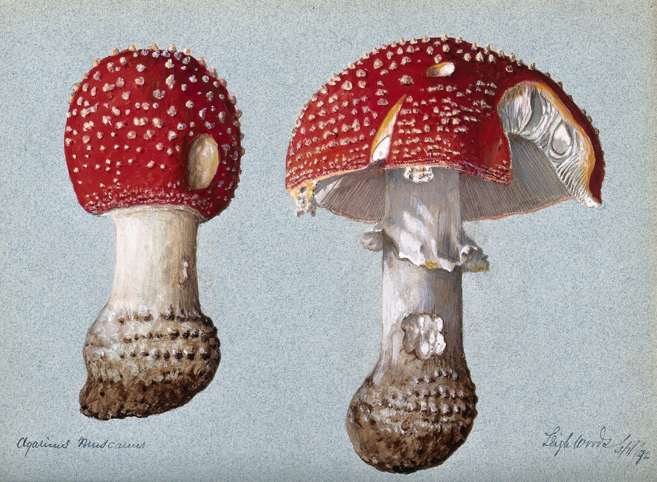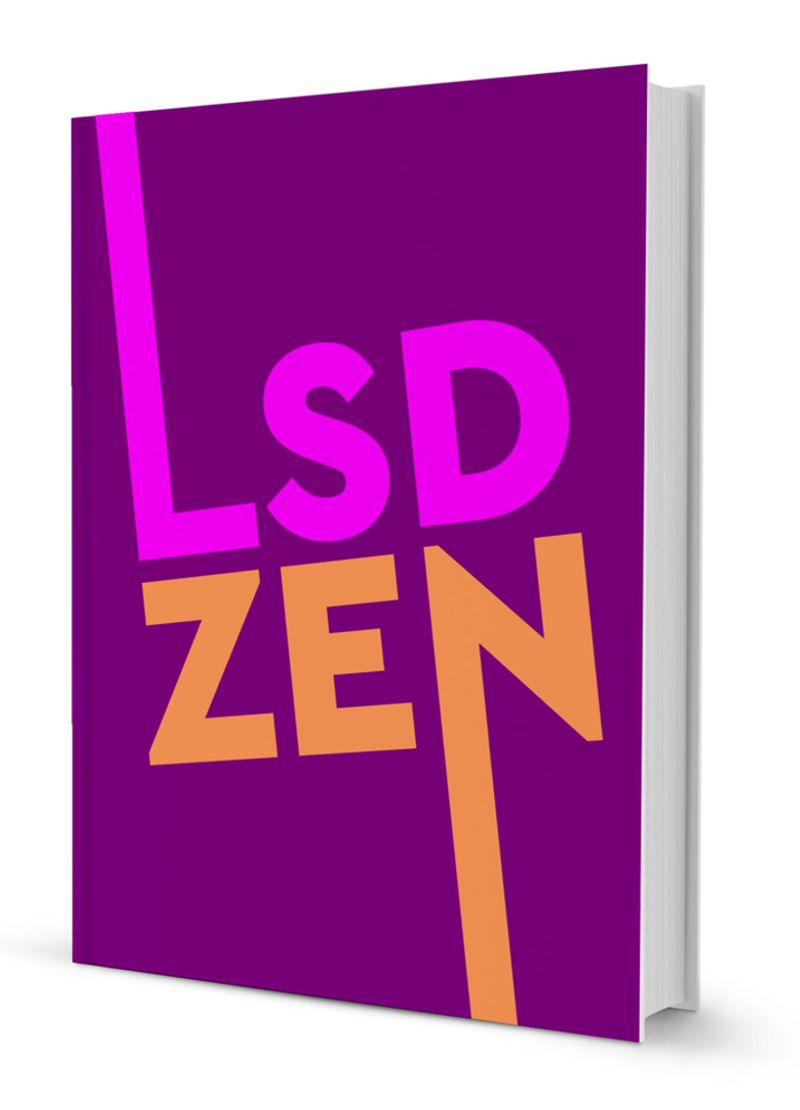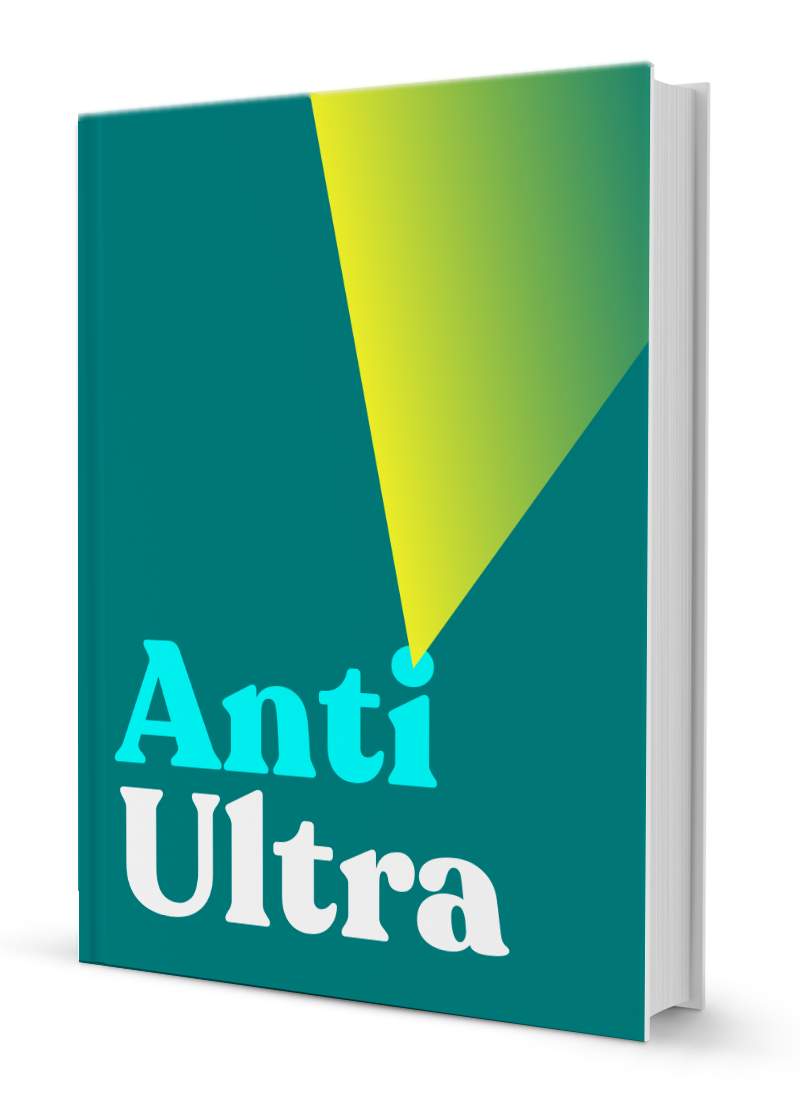Editorial
By The Editors of The Psychedelic Review, 1964

During the past nine months several complex developments have taken place in the sociopolitical field surrounding psychedelic drug research. Events of an extremely bizarre nature suggest an undercurrent of many-faceted activities. To illustrate the quality of the fantastic, we mention two episodes:
- The August 1963 issue of Escapade magazine, devoted primarily to sexually provocative photographs, urged readers to put page 15 in four ounces of methyl-alcohol and to drink the result, in order to get the hallucinogenic effect of an additive used in the printing ink. When the FDA pointed out that drinking wood alcohol could lead to death or blindness, the publishers of the magazine declared the idea a joke.
- In February 1964 the San Francisco News Call Bulletin reported that “an unpublished, critical report on organized LSD giving-and-taking groups in California has been stolen from the Stanford Institute for the Study of Human Problems and sent to this newspaper, together with an anonymous letter attacking the authors.” The stolen book was duplicated and sent to the President of Stanford University; the Palo Alto police; the U.S Food and Drug Administration, and Playboy magazine.
One is reminded of Charles Williams’ story
Many Dimensions, in which the miraculous properties of a stone from the East lead to incredible machinations and wildly improbable situations. Admitting the complete impossibility of coming to an objective view of the field at the present time, the following remarks may help to clarify our interpretations and enrich our stock of food for thought.
There is no doubt that a psychedelic movement exists in the United States at the present time which, in practice, probably means no more than a considerable number of small groups of people intensely interested in taking LSD or one of the other psychedelics for reasons which are primarily psychological, spiritual and esthetic.
Obviously, the persons involved in the psychedelic movement are in favor of some liberalization of the present situation regarding access to these drugs. The existence of this movement has several aspects which one may regard as causes, effects or concomitants of the activities of the movement, depending on one’s point of view. These aspects are:
- A fair amount of public discussion in all the major news media.
- An increased governmental control of the distribution of psychedelic drugs
- An increased underground (illicit and semi-illicit) distribution of psychedelic drugs.
- The discovery of more and more plants and substances having psychedelic properties.
To take the last point first: In 1963, authorities and newspapers reported excitedly on heavy purchases of morning-glory seeds in major cities.
The Psychedelic Review reported that certain species contained LSD-derivatives, and Senator Vance Hartke, Indiana Democrat, urged a committee to investigate the possibility of controlling sale of the seeds, since they contained LSD, which he termed “a dangerous and violent poison”.
In 1964, anecdotal evidence was brought forward by California enthusiasts that Scotch Broom (Cytisus Scoparius), a small yellow flower which the
State of California Highway Department grows along the borders of parkways for decorative purposes, yields, when dried and smoked, a cannabis-like (marijuana) effect.
One may predict that the next few decades will witness an astonishing number of discoveries or rediscoveries of mind-changing plants and chemicals, It will be impracticable to try to suppress these, one after another. Some new policy will have to be adopted, Meanwhile chemists and pharmacologists are continually adding to the list of synthetic psychedelics.
The
Sandoz Company has developed a series of tryptamines in which slight variations in the molecular structure vary the length of the psychedelic effect (from between one to fourteen hours) definitely increases their usefulness in therapy. The publicity surrounding psychedelic drugs and researchers presents fascinating data for a case study in public opinion formation.
We may assume initial total ignorance, a clean slate; then a brand new topic is introduced and immediately fitted into the pre-established clichés — use vs. abuse; danger vs. potential; Heaven vs. Hell; science vs. kicks and cults. As W. H. McGlothlin points out in an excellent essay recently published by the
RAND Corporation, “the reader is handed a neatly packaged assessment that in no way conflicts with his personal or cultural preconceptions of the good and bad role of drugs.”
Styles of presentation range from the sober, cautious assessment of
Scientific American (“Do the constructive potentials of these substances outweigh their hazards?”), through the supercilious cynicism of Esquire (“Drugs in the Yard; and where, Mother, is your wandering son tonight?”), to the frankly salacious
Confidential (“The hep set calls it 'Instant John Glenn' but our swingin’ chick calls it ‘Let’s Strip Down’ ”).
There are many illuminating aspects to these stories which some future sociologist may analyze with profit — we point out two:
- The strongest moral condemnation comes from magazines whose main business is pornography and sadism; the same article may present graphically detailed fictitious descriptions of LSD-“orgies” together with outraged disapproval and macabre warnings.
- The most appreciative and positive articles, in which the liberative promise of psychedelics is most strongly endorsed, appeared in magazines such as Playboy and Cavalier, magazines with an established trend towards a liberalization of our attitudes about pleasure. These facts lend support to McGlothlin’s statement that “the idea that drugs may produce pleasure without compensatory harm is not consistent with our puritanical ethics".
Increased governmental control was initiated in June 1963, when the
FDA implemented new and stringent regulations governing the distribution of 'new' (that is, experimental) drugs, (See the articles by Bates, Barrigar and Unger in this issue.) Since the psychedelic drugs can now be obtained only by psychiatric investigators operating with state or federal support, many psychiatrists previously using LSD in private practice have been unable to continue doing so. Psychedelic research on human subjects has virtually come to a standstill in the United States, (It is increasing rapidly in England and Europe.)
As a natural and inevitable consequence of the stricter legal control there appears to be increased underground distribution and paralegal experimentation. In May of this year a California court convicted Bernard Roseman and Bernard Copely of smuggling LSD into this country from Israel and selling it illegally. They were given maximum sentences of 17 years in jail. The defense is appealing the case, claiming that the LSD was not imported but made in his own laboratory by Roseman.
The defense attorney said that “any bright high school chemistry student could master the formula,” which is easily obtainable from chemical journals. This case, the full story of which will remain obscure for some time, illustrates the complexity of the situation confronted by law-enforcement agencies.
As far as one can tell, the mobsters who control the multi-billion dollar narcotics industry in this country have not as yet taken over psychedelics (presumably considering it not to be lucrative) but if the present trend continues without any change in direction, i.e. increasing interest and tighter control, it will be only a matter of time before it becomes worth their while.
The present uneasy truce between LSD-users and law-enforcement agencies will then give way to a more agitated state of affairs, Revised legislation is the most hopeful alternative and for this a more enlightened and informed public opinion is necessary. The extent of paralegal use of psychedelics is of course unknown and hard to estimate, but one may guess that between 50 and 100 thousand people have by now taken one or the other of these agents at least once. This does not include the 250,000 peyote-using Indians.
The number of people using psychedelics repeatedly is of course very much smaller, probably not exceeding one thousand. For the sake of perspective, one may compare these figures with comparable estimates for the use of cannabis. Although these are nothing more than informed guesses, they range from 3 to 10 million having taken it at least once; while around 1 million are estimated to be using it fairly regularly. The comparable figures for alcohol are 90% of the population having tried it at least once, and 60 to 70 million using it regularly.
Legal research with psychedelics now being carried out in the United States may be divided into three categories:
- Pharmacological: Work with animals and tissue preparations on biochemical and physiological aspects, and a very small amount of work on behavioral aspects, again primarily with animals.
- Therapeutic: As Unger points out in the present issue, only two installations, Menlo Park and Spring Grove, have been doing psychotherapeutic work with LSD in this country (Canada has several LSD treatment centers for alcoholics). In July of this year, the Menlo Park Foundation closed, for reasons which are not entirely clear. They had been unable to get the expected federal financial support, and even the $650.00 fee per person per session was apparently not enough to cover their costs.
- Normal human subjects: Such work has been stagnant since the discontinuation last year of the Harvard Psilocybin Project, and the disbanding, last November, of the International Federation for Internal Freedom.
It has been announced, however, that the
National Institute of Mental Health had awarded a grant of $40,000 to Dr. Sidney Cohen and Dr, William H. McGlothlin, for a study of the effects of LSD on attitudes and anxiety in normal subjects. A pilot project indicated that LSD decreased anxiety and dogmatism.
What of the future? All signs indicate that the psychedelic movement is increasing in numbers, if not in influence. The latest in the series of major magazine articles (
Maclean’s of Canada) is the most comprehensive and impartial survey of the whole scene to date.
Several books on the subject are in preparation and scheduled to appear this fall. One, the stolen manuscript referred to above, is a survey of California LSD-users from a sociological point of view called
Utopiates: The Use and Users of LSD-25, by Richard Blum & Associates (published by Atherton Press, N.Y.). The other, a collection of essays by various experts, is entitled
LSD: The Consciousness-Expanding Drug, and is edited by David Solomon of
Playboy (just published by Putnam’s).
Finally, the circulation of
The Psychedelic Review, which may be taken as an index of serious interest in the subject, is steadily increasing and now stands at 4,000. In regard to the circulation of this journal, we may point out that the attempts to publicize
The Psychedelic Review have met with certain difficulties. While
Maclean’s Magazine, Contact and
The New Republic accepted our advertisement,
Scientific American, The American Psychologist and
The Progressive (sic) refused, for reasons best known to themselves.
The refusal of
The American Psychologist, official organ of the
American Psychological Association, is particularly interesting in the light of Duncan Blewett’s statement that LSD is a “mirror for psychologists”. Apparently there are some in the
Academy who do not even want to be told of the existence of the mirror!
Our aim as Editors of
The Psychedelic Review is solely to facilitate the circulation of certain facts and ideas. These facts and ideas are perhaps the most exciting which twentieth century man can encounter: they concern the nature of his consciousness, the basic mechanisms of his own identity, and the possibilities of access to them and control of them, using the latest findings of Western biology and chemistry as well as the age-old intuitions of Eastern sages. In pursuing this aim of arousing certain thoughts, and provoking the consideration of certain concepts, we hope to be as informative, impartial and objective as possible.
For those readers interested in pursuing further inquiry into the nature of the publicity that psychedelics have received, we present here a list of the magazine articles that have appeared in the English language on this topic during the past year (this list does not include articles in newspapers or in specialized journals):
- The Reporter (August 15, 1963). “The hallucinogenic drug cult” by Noah Gordon.
- Esquire (September 1963). “Getting Alienated with the Right Crowd at Harvard” by Martin Mayer. A rebuttal by Leary and Alpert, and Mayer’s reply, appeared in June 1964.
- Time (October 25, 1963). “Instant Mysticism.”
- Ladies’ Home Journal (October, 1963). “Instant Happiness” by Robert P. Goldman.
- Cosmopolitan (November 1963). “LSD: Hollywood’s Status-Symbol Drug” by Bob Gaines.
- Saturday Evening Post (November 2, 1963). “The dangerous magic of LSD” by John Kobler.
- Look (November 5, 1963). “The Strange Case of the Harvard Drug Scandal’’ by Andrew T. Weil.
- Playboy (November 1963). “The pros and cons, history and future possi- bilities of vision-inducing psychochemicals,” three articles by Dan Wake- field, Alan Harrington and Aldous Huxley.
- Fate (January 1964). “What does the drug experience hold for you?” by Paul Foght.
- Saga (January 1964). “The men who risk insanity to cure insanity” by Lester David.
- Cavalier (January, February 1964). “The Revolution in Sensation.” Two- part article by Lionel Olay.
- Family Weekly (March 1964). “The Nightmare Side of Those ‘Dream- World’ Drugs” by Lawrence Galton.
- Pageant (March 1964). “The Mind-Altering Drugs” by Richard K. Brunner.
- Scientific American (April 1964), “The Hallucinogenic Drugs” by Frank Barron, Murray Jarvik and Sterling Bunnell.
- Contact (May 1964). “Una Limpia de Bruja” by E. T. Guidotti and “Through a Mushroom Darkly” by J. L. D. Lamm.
- Confidential (May 1964). “When Daphne D. Tried LSD.”
- Maclean’s (June 20, 1964). “The Heaven or Hell Drugs” by Sidney Katz.
- Man’s Illustrated (July 1964). “LSD—The Instant Thrill Pill” by Joseph Andrews.
- The Realist (August 1964). “Timothy Leary and His Psychological H- bomb” by Robert A. Wilson.
- William H. McGlothlin, “Hallucinogenic Drugs: A Perspective with Special Reference to Peyote and Canabis.” July 1964, a RAND Corporation Reprint P-2937. ibid.
Download Our Free Psychedelic Healing Books







